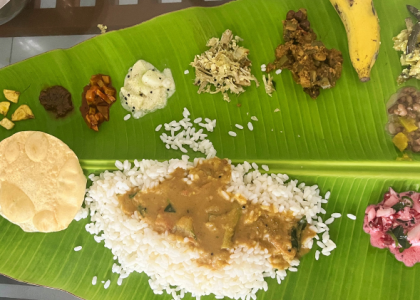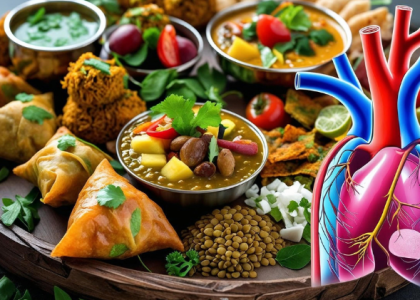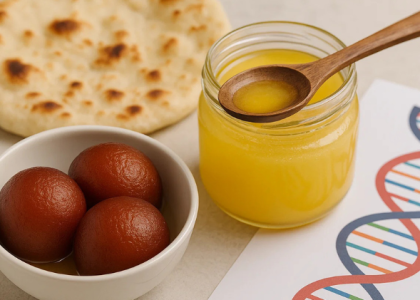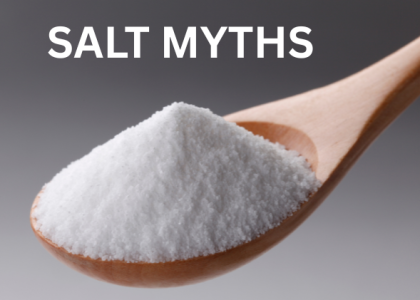A Story from Kerala
In Meera’s kitchen in Kochi, no meal was complete without her grandmother’s fish pickle. The tangy, salty preserve made every rice dish come alive. “Choru mathram enthinu?” (Why only rice?), her grandmother would say, spooning the pickle generously.
This scene happens in millions of Indian homes every day. But what our grandparents didn’t know is how this loving tradition affects our hearts today.
The Hidden Truth About Our Plates
Indians eat more salt than almost anyone in the world. That fish pickle, those crispy papads, the pinch of extra salt we add to everything—it all adds up. Our taste buds learned to love salt from childhood, but our hearts are paying the price.
Why This Matters Now
- Before: Salt helped preserve food when there were no fridges
- Now: We have refrigeration, but we still eat like we don’t
Heart disease kills more Indians than anything else. High blood pressure affects 1 in 3 Indian adults. Here’s why salt is the hidden culprit:
The Salt-Blood Pressure Connection:
- Too much salt makes your body hold extra water
- Extra water increases blood volume in your vessels
- Higher volume = higher pressure on artery walls
- Meanwhile, we eat too few potassium-rich foods (fruits, vegetables)
- Potassium helps remove excess salt and relaxes blood vessels
- Result: High salt + low potassium = dangerous blood pressure spikes
The Problem Is Real
Every day, Indian families add salt to dal, salt to vegetables, salt to rice, plus pickles, papads, and snacks. We’re eating like our great-grandparents did during famines, but we live in cities with desk jobs.
Your heart doesn’t need all that salt. In fact, it’s slowly damaging the very organ that keeps you alive.
What you can do today
Taste your food before adding extra salt at the table.
Forward this to family on WhatsApp to protect their heart.




